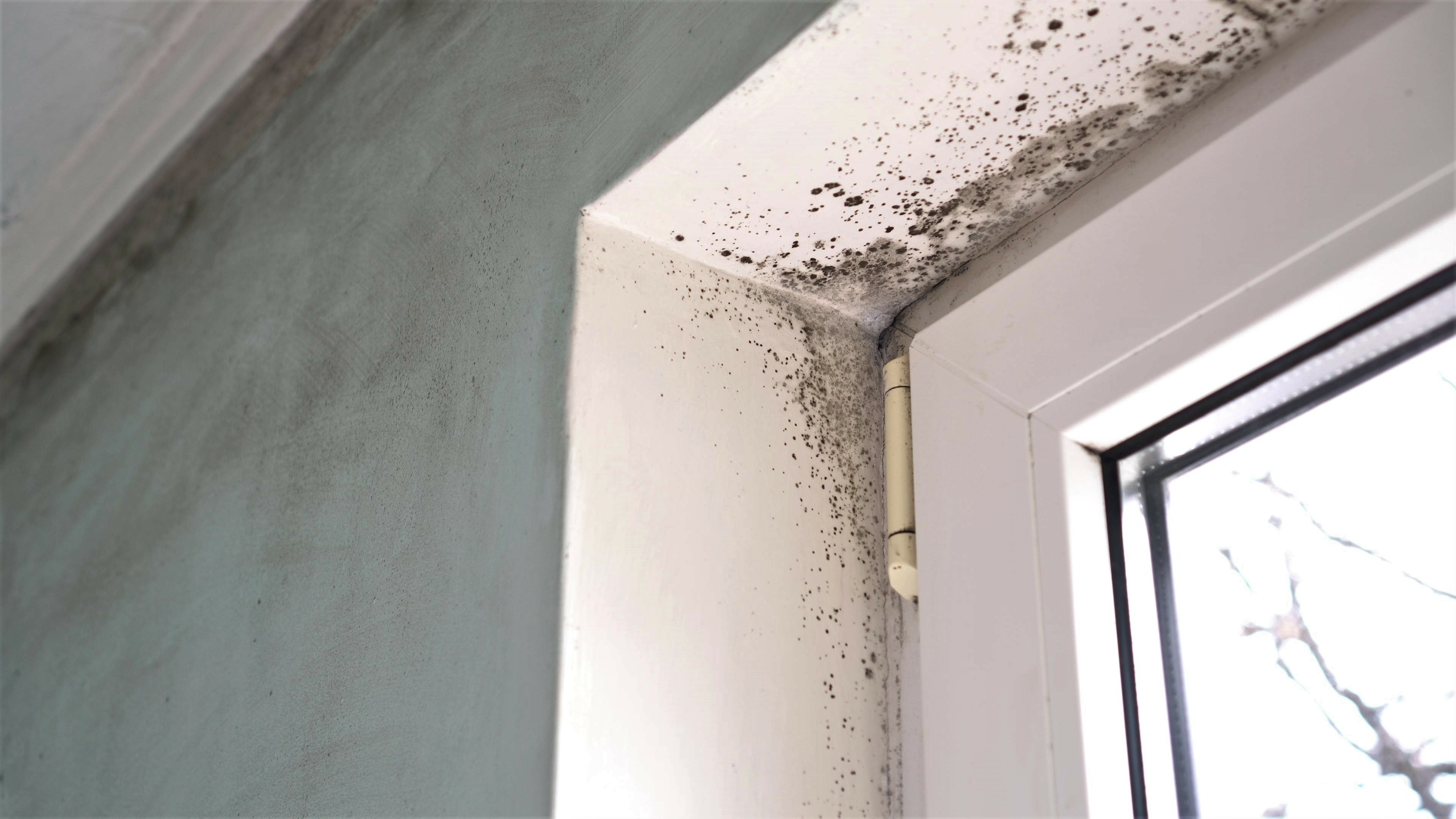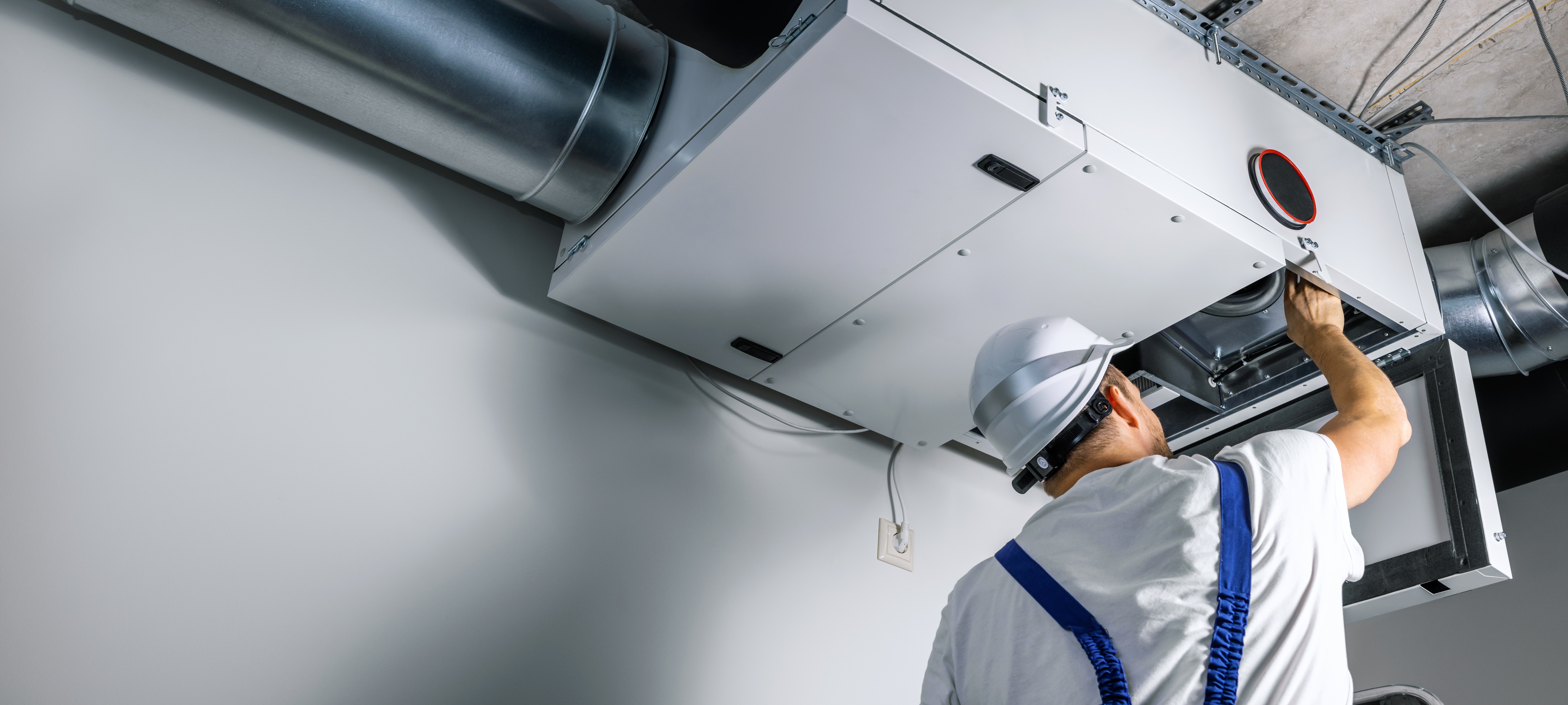Caprock Design + Build Blogs
Buildwise Journal
Caprock Design + Build Blogs
Buildwise Journal

The 5 Best Humidity Control and Mold Prevention Strategies
Welcome to the third week of our exploration into indoor air quality and health. This week, we’re shifting our focus to the critical role of humidity control and mold prevention in creating healthy indoor environments.
According to the American Time Use Survey, we spend an average of 62% of our waking time at home. When you live in a clean, healthy home, these hours can be spent relaxing, bonding with family, or making your house feel more like your home.
But when your home contains mold, this can be a huge hazard to your health, particularly those who have pre-existing health problems or are immunocompromised.
Below, we’ll explore the importance of maintaining optimal humidity levels and implementing effective strategies to prevent mold growth in high-performance homes—as well as the impact mold can have on your long-term health.

What Role Does Humidity Control Play in a Home’s Health & Comfort?
Humidity levels play a crucial role in indoor air quality and comfort. High humidity can lead to excess moisture accumulation, creating an environment conducive to mold and mildew growth, while low humidity can cause discomfort and respiratory issues.
Maintaining optimal humidity levels is essential for promoting healthy indoor environments. Unfortunately, it’s often easier said than done. A number of things can impact a home’s humidity level, some of which may be beyond your control. These can include:
Plumbing leaks
Poor ventilation
Inefficient air conditioning
Local climate
Improperly sealed windows and doors
Cooking, washing, and doing laundry
Having lots of indoor plants
Whether you’re a homebuilder or home owner, maintaining proper humidity levels can not only protect a property’s longevity but also the health of all living inside it.

The Impact of Excess Moisture and Mold on Your Health & Your Home
While low humidity levels can be hard on your skin and eyes, high humidity levels are often harder on your health and your home. Excess moisture in indoor environments can lead to a range of problems, including:
1. Mold and Mildew Growth
Mold thrives in damp, humid conditions, and can quickly spread throughout a home if left unchecked. Mold needs a humidity of 55% or higher to grow, though humidity alone won’t automatically cause mold growth.
Mold spores, often carried indoors on shoes and clothing, are responsible for causing mold to grow in your bathroom, kitchen, laundry room, and more. Exposure to mold can trigger:
Watery, itchy eyes
Sneezing
Wheezing and difficulty breathing
Headaches
Fatigue
If the mold isn’t removed and you continue to breathe it in, over a longer period of time, these symptoms can worsen. You may also develop a worsening sensitivity to mold spores.
Certain types of molds are more dangerous than others. Stachybotrys (also known as black mold) and Aspergillus both produce toxins that can impact your central nervous system. This can impact anything from your sleep to concentration.

2. Structural Damage
Humidity can wreak havoc on your home’s structural integrity, particularly in areas with high humidity climates. Prolonged exposure to high humidity levels can lead to structural damage, including:
Rotting wood
Deteriorating drywall
Compromised building materials
Discoloration and rotting windows
Cracks in brick and mortar joints
3. Indoor Air Quality
Mold spores can become airborne and circulate throughout indoor spaces, compromising indoor air quality and posing health risks to occupants. It does this by releasing tiny mold spores into the air.

The Impact of Low Humidity Levels on Your Health & Your Home
High humidity isn’t the only concern. If your humidity drops below 30%, it can make your home more uncomfortable and impact your health.
A few problems associated with low humidity levels include:
Dry nose and nosebleeds
Dry, flaky skin
Worsening lung and skin conditions
Cracks in wood and wood furniture
Worse static electricity in the home
A concern with perpetually low humidity, which can be a concern in areas like the Texas Panhandle where the humidity is naturally very low, is that it can make you more prone to being sick. This is because many viruses survive longer in low-humidity environments.
5 Best Strategies for Home Humidity Control and Mold Prevention
As homebuilders, we can dramatically reduce the humidity levels of the homes we build by taking steps to ensure all ventilation systems, plumbing, HVAC units, and window installation are done correctly and efficiently.
But even if you’re a homeowner living in an existing building prone to mold, there are steps you can take to reduce your home’s humidity levels and live comfortably.
These are the best steps to take to keep a home comfortable and safe, year round.
1. Use Dehumidifiers (Or Humidifiers)
Installing dehumidifiers in areas prone to high humidity, such as basements, bathrooms, and crawl spaces, can help remove excess moisture from the air and prevent mold growth. This is especially beneficial when working with plumbing, leaks, or flooded rooms.
If your home is prone to low humidity, humidifiers are an easy solution for individual room humidity control. These work best in bedrooms and living rooms, areas in which humidity levels are often the lowest and occupants spend most of their time.

2. Ventilation
Proper ventilation is essential for controlling humidity levels and promoting air circulation. Utilize exhaust fans in kitchens and bathrooms, and consider installing whole-house ventilation systems to ensure adequate airflow throughout the home.
For residential properties, humidity-controlled ventilation provides an additional level of protection. With this system, mechanical ventilation extracts moisture from humidity-prone rooms and supplies fresh air from outdoors.
Many of these units include advanced technology to further reduce energy consumption and costs, improving home comfort without adding stress to your budget.
3. Monitor Humidity Levels
Regularly monitor indoor humidity levels using hygrometers and adjust ventilation and humidity control systems as needed to maintain optimal levels (ideally between 30-50%).
If your humidity levels run high despite a low-humidity climate, we recommend hiring a contractor or building experts to identify the cause of your humidity and also search for signs of mold—before they impact your health.

4. Address Water Intrusion
Water seeping indoors through windows and doors is one of the most common causes of high humidity in a home. The best strategies to keep water out of your home include:
Promptly addressing any water leaks
Identifying and fixing condensation issues
Searching for signs of moisture buildup and mold growth
Repairing leaky pipes and roof leaks
Sealing cracks and gaps in the building envelope.
5. Proper Insulation and Air Sealing
Your home’s building envelope can either protect from the outdoors or let the weather in. Ensure proper insulation and air sealing to prevent warm, moist air from infiltrating the home and condensing on cold surfaces, leading to moisture problems and mold growth.
READ: Learn More About How Insulation Impacts Energy Efficiency

Create Healthy Indoor Environments to Keep Mold at Bay
As we conclude our discussion on humidity control and mold prevention strategies, it's evident that proactive measures are essential for maintaining healthy indoor environments in high-performance homes.
By controlling humidity levels, addressing moisture issues, and implementing effective mold prevention strategies, homeowners can safeguard their health and well-being while ensuring the longevity and durability of their homes.
Next week, we’ll explore additional topics related to indoor air quality and health. Thank you for joining us on this journey toward healthier, more comfortable living spaces.

